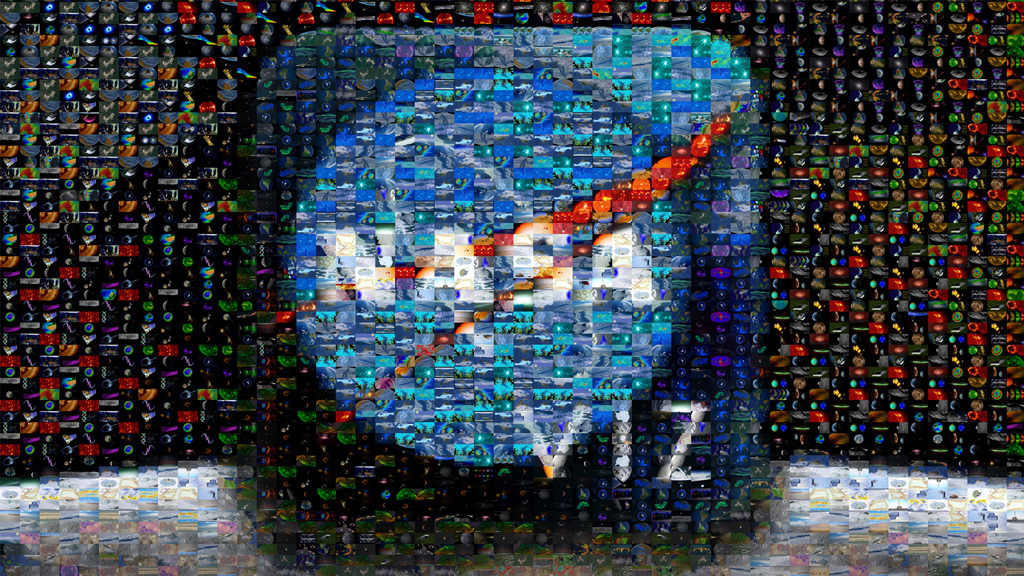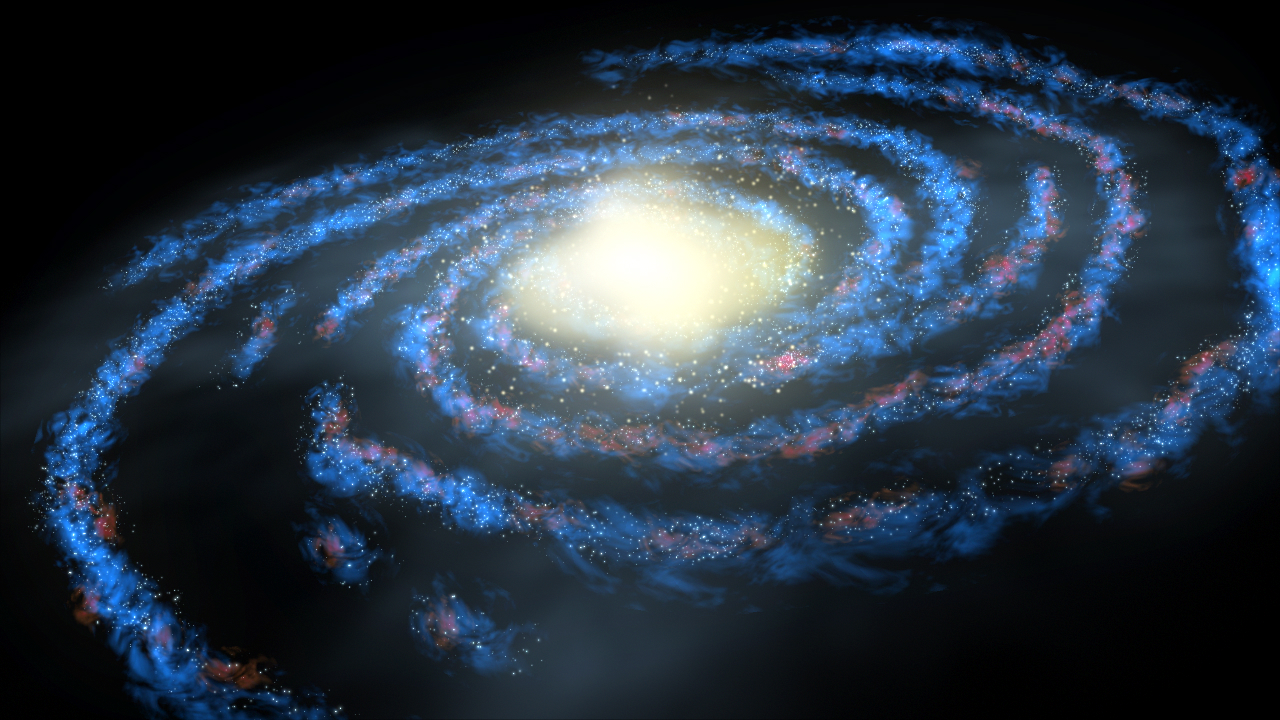"Alien" Material
No man-made object has yet to slip the bounds of our solar system and enter interstellar space. But we can measure some of the atoms that make their way into the solar system from the outside. Crossing this boundary, they travel 7.5 billion miles over 30 years until some of them hit the detector on NASA's Interstellar Boundary Explorer (IBEX) satellite. In 2009 and 2010, IBEX detected neon and oxygen atoms, and in doing so gave scientists the most complete glimpse yet of interstellar material. The results? It's an alien environment out there. The interstellar material has less oxygen in any given slice than anywhere in our solar system. This suggests that the solar system evolved in a separate, more oxygen-rich part of the galaxy or that critical, life-giving oxygen lies trapped in interstellar dust grains or ices. Either way, this affects our understanding of how the solar system, and life, formed. Watch in the videos below to see how IBEX detected this "alien" material.

Understanding the material from beyond our solar system tells of our past and evolution.
The solar system and the heliosphere move through wispy interstellar clouds made of hydrogen, helium, neon and oxygen.
Charged interstellar particles ricochet away, but neutral atoms slip through the bubble of solar wind called the heliosphere.

Interstellar material emanates from stellar nurseries such as the Orion nebula, captured here by the Hubble Space Telescope.

Atoms from beyond the solar system travel three decades to reach IBEX in its orbit between Earth and the moon.

IBEX orbits Earth about three-quarters of the way to the moon to avoid magnetic interference from Earth.
For More Information
See NASA.gov
Credits
Please give credit for this item to:
NASA's Goddard Space Flight Center
Image of Orion Nebula courtesy of NASA/Hubble
-
Animator
- Walt Feimer (HTSI)
-
Producers
- Scott Wiessinger (USRA)
- Genna Duberstein (USRA)
-
Scientist
- Eric Christian (NASA/HQ)
-
Writer
- Karen Fox (ADNET Systems, Inc.)
Release date
This page was originally published on Tuesday, February 28, 2012.
This page was last updated on Wednesday, May 3, 2023 at 1:53 PM EDT.

